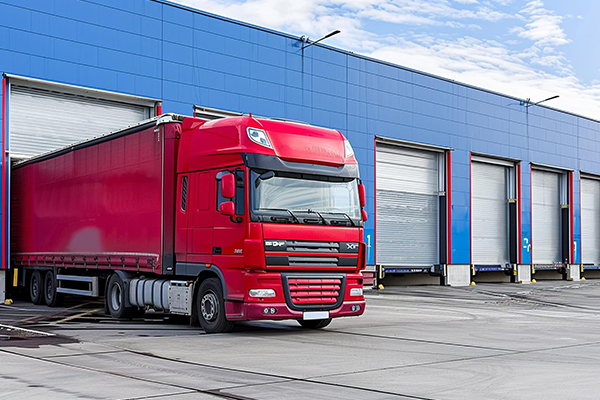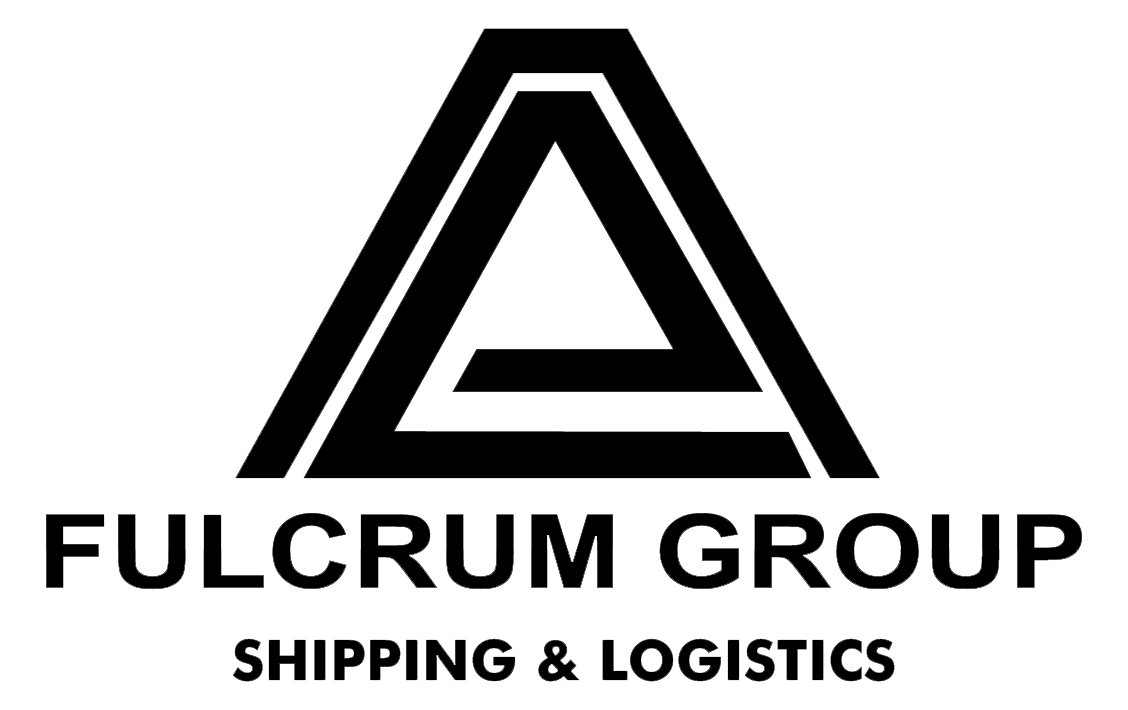
Cross Docking
Cross-docking is the practice of unloading goods from inbound delivery vehicles and loading them directly onto outbound vehicles.
Cross-docking usually takes place in a dedicated docking terminal in a warehouse, where inbound goods are first received at a dock and sorted according to their final destinations. They are then moved to the other side of the dock via forklift or other equipment and loaded on outbound vehicles.
Cross-docking works best with products that need to be transported quickly, such as food, that have already been sorted and labelled for customers, do not need quality inspections, or have steady demand.
Some manufacturers use cross-docking in their own facilities, moving finished goods directly from production to an outbound dock without first storing them in the warehouse.
Before deciding whether or not to implement cross-docking, businesses should first assess their requirements and priorities. If cost savings is a priority in the long run, then it may be a valuable alternative.
Categories
Recent Post
-
Navigating Global Trade with Confidence: Why International Sea Freight Services Matter
-
Reliable and Scalable Transport Services in India
-
Streamline Your Global Shipping with Expert Sea Freight Forwarding Services!
-
Experience the Advantage of Comprehensive Global Air Freight Services.
-
Seamless Warehousing & Logistics Services That Power Your Supply Chain

